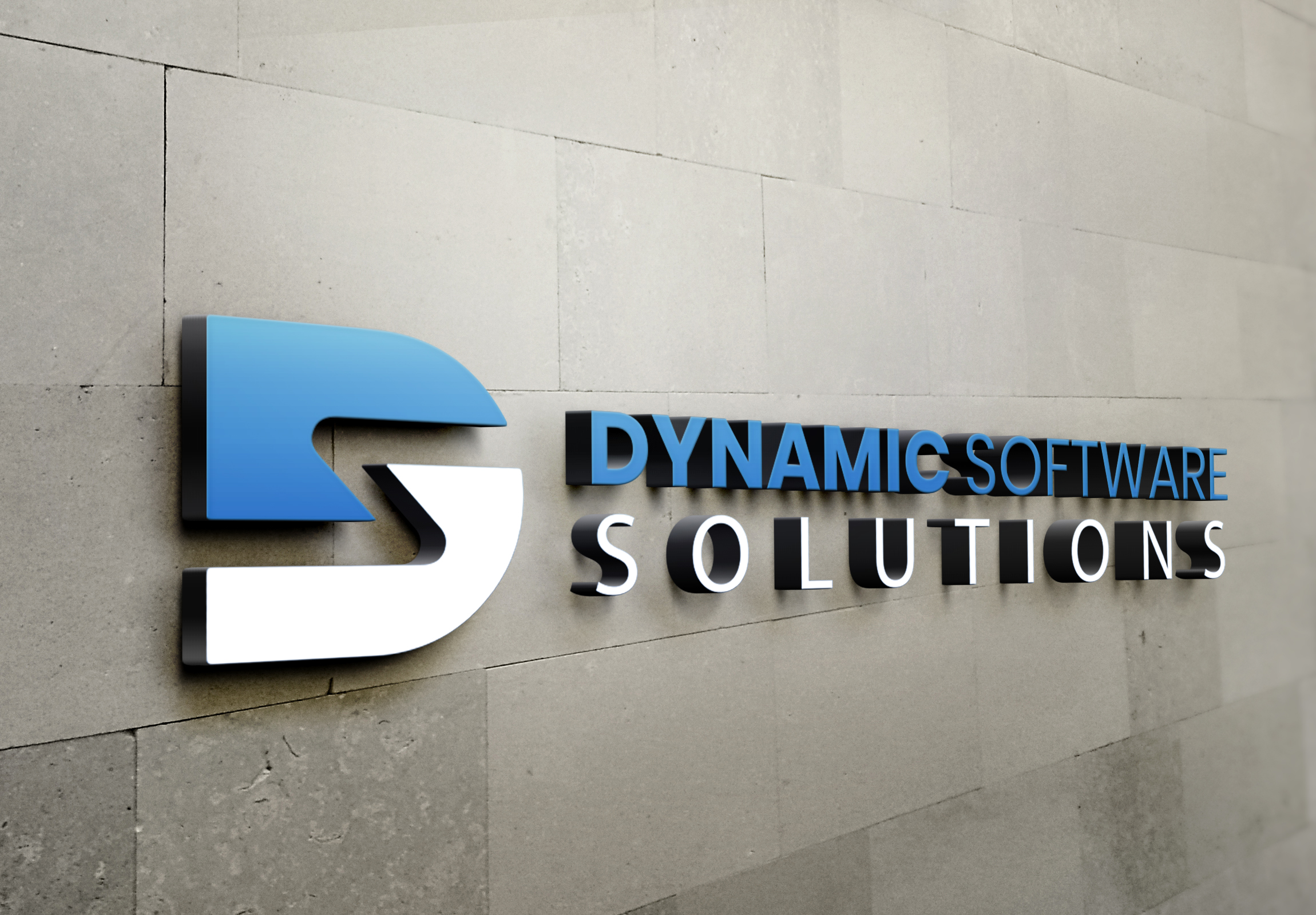Blog Details
- Home
- Disaster Recovery as a Service (DraaS): Why It Matters

Dynamic Software Solutions is a complete solutions provider that has been providing custom software services since 1987.
Company Address

Phone:
Click (856)208-7195 to call us
Email:
Click here to email us
Copyright © 2022, All Rights Reserved.




Clients and businesses worldwide must contend with and prepare for the potential consequences of ransomware and other hardware failures which might negatively impact their business operations. Ransomware is a form of malware that attaches itself to victims’ devices and encrypts their files. The perpetrator of this act often threatens to leak or place a hold on the victim’s files unless a ransom is paid. According to a 2020 article in The National Law Review, the estimated cost of ransomware to businesses globally will exceed $20 billion in 2021.
What is Disaster Recovery as a Service (DraaS)?
Given the insidious nature of ransomware attacks and the need to counteract them, companies should consider familiarizing themselves with Disaster Recovery as a Service (DraaS). DraaS is a solution that backs up a client’s data, keeping a real-time snapshot of their environments and data which can be restored from a local hardware appliance within the company’s location or from the cloud. It enables one to recover from the loss of data, whether it be on a small or large scale, but it can even restore the environment and data associated with a device which simply suffered a hardware failure due to the age of the device, a failed hard drive, etc. It is a measure that can save clients countless hours of work and major financial hits to their business that would yield disastrous results due to downtime or the inability to quickly (or ever in some cases) restore the lost data.
Why it matters (3 reasons):
1) Protection
DraaS is not limited to protection from ransomware attacks. It guards against any sort of unforeseen issues that resulted in a client or business’ loss of data. That includes (as mentioned) malware attacks and other effects such as natural disasters and various other causes. It replicates and backs up all the information that was lost as well as the operating system and software running on a device. It is a relatively quick and effective fix to a complex and damaging circumstance. The system also provides encryption so that future losses can be prevented that aren’t due to hardware failures.
2) Cost-saving
DraaS can save clients a lot of money because they are afforded the ability to manage the loss of data in one central location. Clients aren’t required to build large, costly disaster recovery infrastructures and teams to prevent future attacks. All they will need to do is contact a service provider and begin the disaster recovery process. With Dynamic Software Solutions’ service, in most cases clients can restore their own devices and/or data via a control panel and a few clicks of a mouse.
3) The process is seamless
DraaS is a relatively quick process. Clients will save time and resources by signing up for this service. With a few clicks, the disaster recovery process will begin. One does not necessarily have to install new software either. That is, the service will not interfere with the client’s current system. It is simply replicating the client’s data and will exist both in-house and in the cloud.
Reach out
Contact Dynamic Software Solutions to gain more insight into the effects of ransomware and other forms of malware. Learn more about the importance of disaster recovery as both a preventative and counter strategy. Please read this article and contact us today to receive a free demonstration and quote regarding how we can protect your business.
Recent Posts
Recent Comments
About Me
Trey Fox
Trey Fox is a content creator and Master of Journalism graduate from Temple University. He writes on various topics such as sports, technology, music and politics. He is a former radio broadcaster who also enjoys and is experienced in conducting interviews on a variety of subjects.
Check out Trey’s portfolio via Muck Rack!
Popular Post
Ransomware in 2023: 5 Trends Affecting Businesses
October 30, 2023Business Owners Must Familiarize Themselves With REvil
July 15, 2021Kaseya must Contend with Global Ransomware Attack
July 6, 2021Popular Categories
Instagram Feeds
Error: No feed found.
Please go to the Instagram Feed settings page to create a feed.
Popular Tags
Archives